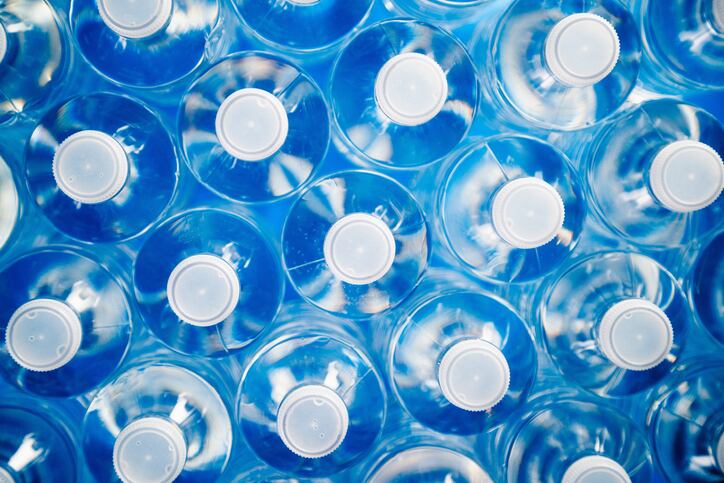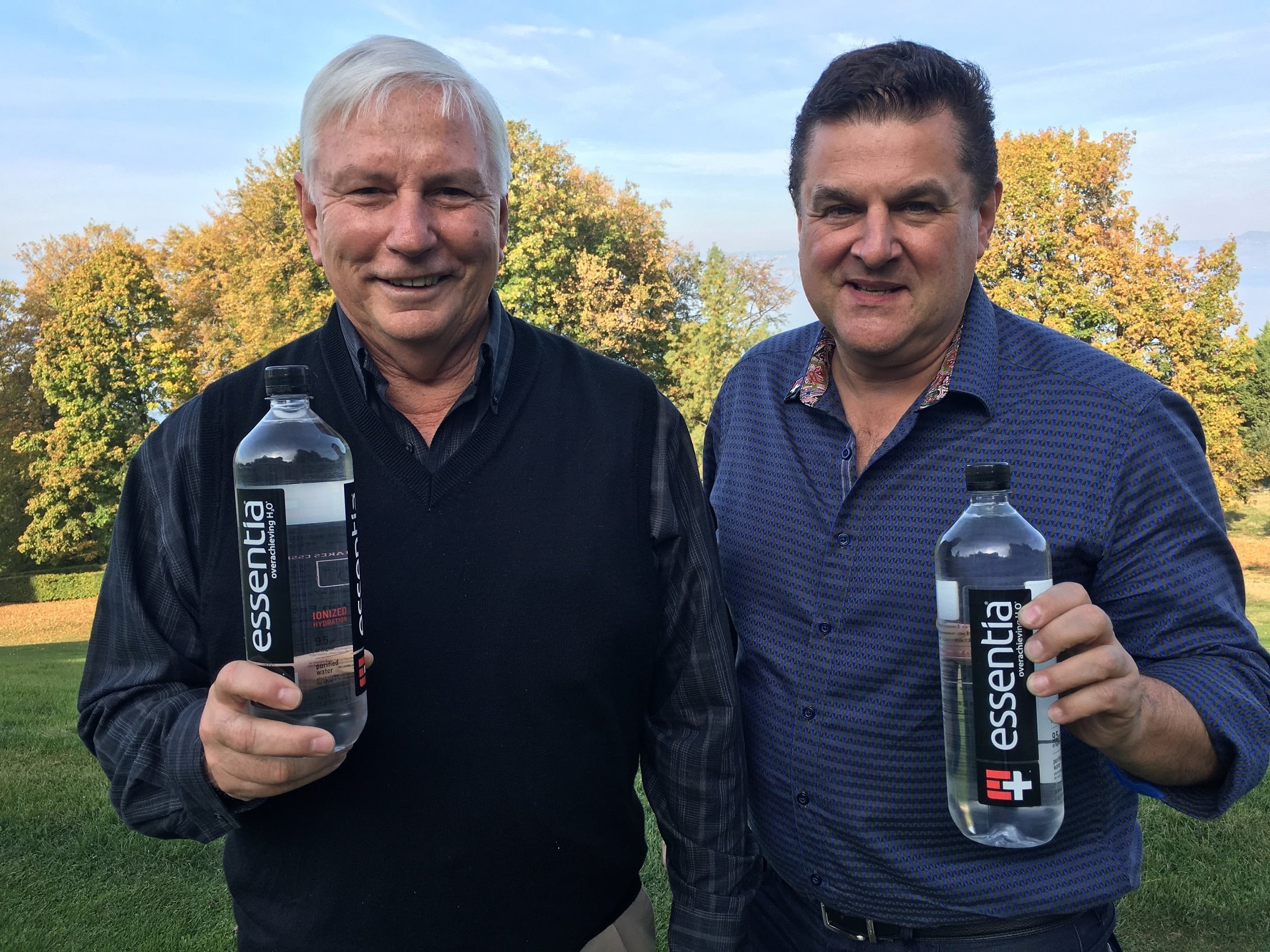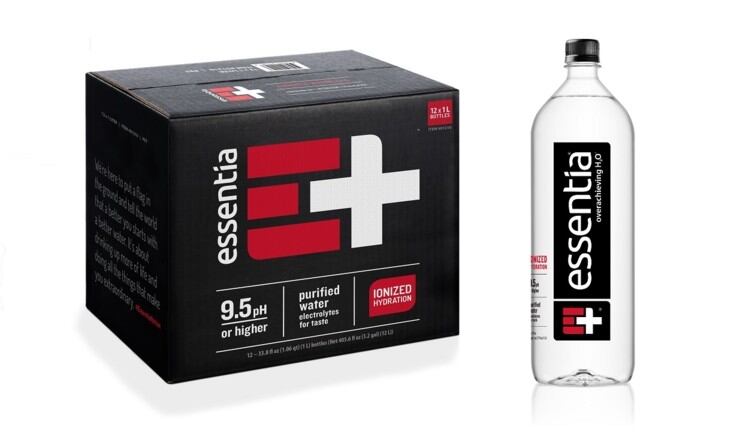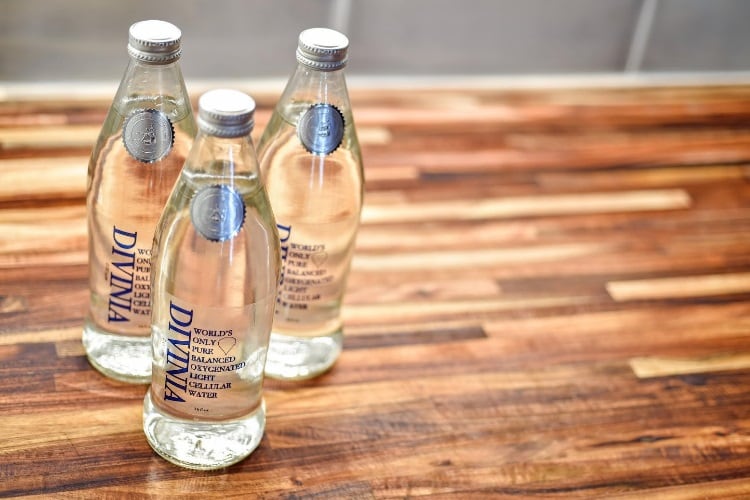Water is the most successful beverage in the US in terms of both revenue and volume. It has grown in every sector within the last four years, with sparkling, carbonated flavored water leading the category. It’s a market that’s likely to see more growth in the next few years.
Since 1978, bottled water has grown at a CAGR of 8.9%, more than any other beverage category. Bottled water also gained the most volume over the last 10 years while carbonated soft drinks (CSDs) lost the most.
Gary Hemphill of Beverage Marketing Co. spoke at the International Bottled Water Association (IBWA) Annual Business Conference in New Orleans this month about the future of bottled water compared with competing beverage categories.
Drinking in the numbers
According to Hemphill, refreshment beverages have outperformed both traditional beverages and alcohol in recent years. Bottled water, CSDs, energy drinks, fruit beverages, RTD coffee, RTD tea, sports drinks and value-added water are all considered refreshment beverages. Traditional beverages include hot coffee, hot tea and milk, while alcohol refers to all beer, wine and spirits.
The traditional beverage categories have been mostly flat with hot coffee increases offset by losses in milk and hot tea, and wine and spirits driving alcohol growth. But continuing beer decline has caused total alcohol performance to remain negative.
Hemphill reports that calorie intake from refreshment beverages has been steadily declining over the last decade and is likely to continue to do so thanks to people drinking more water and popular zero calorie drinks like bubly and Lacroix.
This has led to CSD volume declining for the 14th consecutive year in 2018 with no signs of slowing down. Consumers are looking for more healthy, low sugar options. And with the wide variety now available, they don’t have to settle for the average soda choices.
In turn, the biggest surprise of 2018 has been the flattening out of longtime diet CSD declines, driven by the new zero sugar drinks. However, the overall category continues to decline. RTD coffee, which accounts for 2% of all coffee, and RTD tea, which accounts for nearly 50% of all tea, are both doing well and growing quickly.
Plant-based, protein-rich, functional and value-added drinks are all emerging trends in the beverage world. Existing non-traditional products like kombucha, probiotics and CBD are continuing to evolve along with developments in sustainable and eco-friendly package innovations.
Watering down the competition
Hemphill estimates that tap water consumption is declining steadily and has been throughout the last few decades. The only exception in the timeline was following the recession in 2008 when people cut back on extraneous food and beverage purchases across all categories.
The single-serve segment of bottled water is considered a refreshment, rather than a tap water replacement. Its growth and rising prices reflect both branded and private label, despite consumer debate between the two.
Consumers have high-end water brand preferences like Fiji and Smart Water that are helping purified water outsell spring water. There are now increased choices in value-added water, including alkaline, plant-based, ph-balanced, essence and protein waters that are trendy in the health and wellness world.
These value-added launches represent a lot of recent innovation in the category, but none have fully broken through in total volume except for alkaline. Value-added water accounts for just 7% of single water beverage volume but holds a larger share of revenue due to higher premium pricing.
Retail bulk water is considered a tap water replacement, but hasn’t seen growth as high as single serve. Home and office delivery (HOD) is also under-performing, as it aligns heavily with the state of the economy. Contributing factors to this decline are flat volume and cost increases in PET resin and freight fuel.
Hemphill predicts that the strongest beverage growth in 2018 and beyond will be bottled water, value-added water, energy drinks and RTD coffee. CSDs, milk and fruit juice need to innovate and provide healthier options in order to rekindle their growth.




